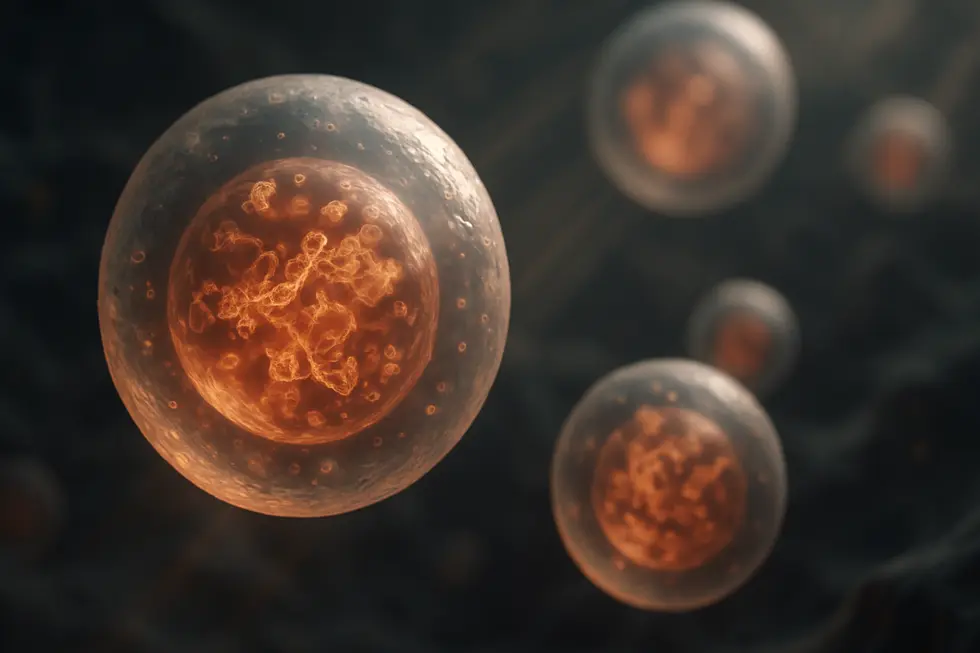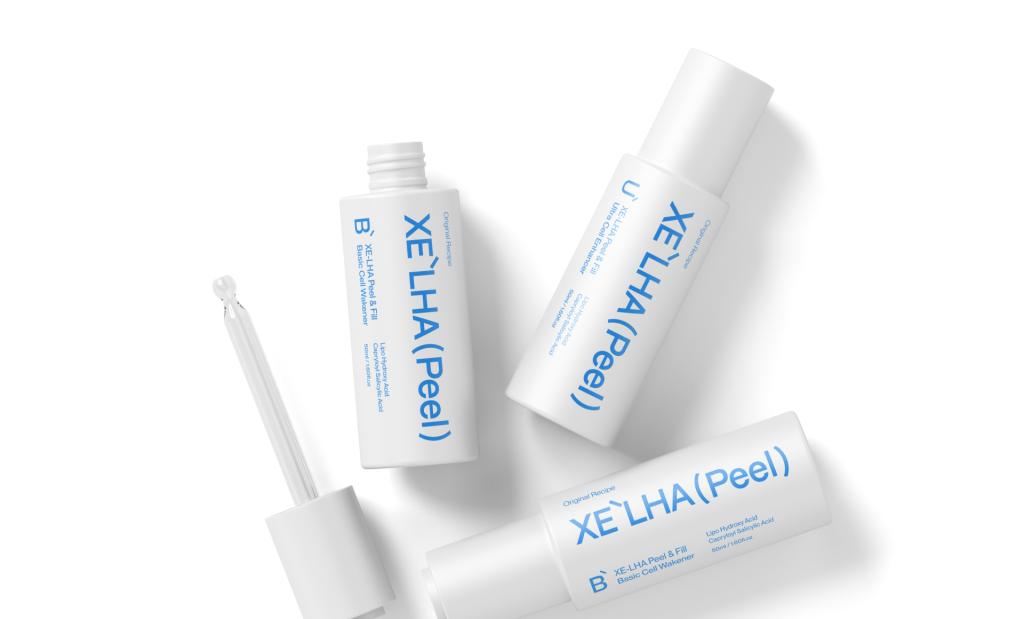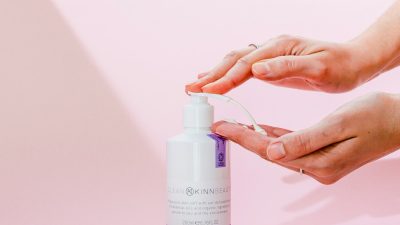
Have you ever felt like you’re constantly on the lookout for the ‘next big thing’ in skincare? I know I have! We’ve seen trends come and go, from vampire facials to glass skin. But recently, a new term has been buzzing in the world of beauty and wellness: exosomes. To be honest, when I first heard it, I thought it sounded like something out of a sci-fi movie. But the more I learned, the more excited I became. It turns out, this could be a genuine game-changer for how we approach skin health, hair loss, and even healing. So, let’s dive in together! 😊
Contents
What Are Exosomes, Anyway? The Tiny Messengers in Your Body 🤔
Okay, let’s break this down simply. Imagine your body is a massive, bustling city. The cells are the buildings and businesses. How do they communicate? They need a delivery service. That’s where exosomes come in. They are tiny, nano-sized vesicles—think of them as microscopic envelopes or cellular messengers—that cells release to talk to each other.
These little messengers are packed with important cargo: proteins, growth factors, lipids, and different types of RNA. When one cell releases an exosome, it travels to another cell, docks, and delivers its package. This delivery instructs the recipient cell on what to do, like ‘Hey, start repairing this tissue!’ or ‘It’s time to produce more collagen.’
A key thing to understand is that exosomes are acellular, meaning they don’t contain any live cells or DNA. They are simply the communication signals derived from cells, most often powerful stem cells. This makes them a very safe and targeted tool for regenerative treatments.
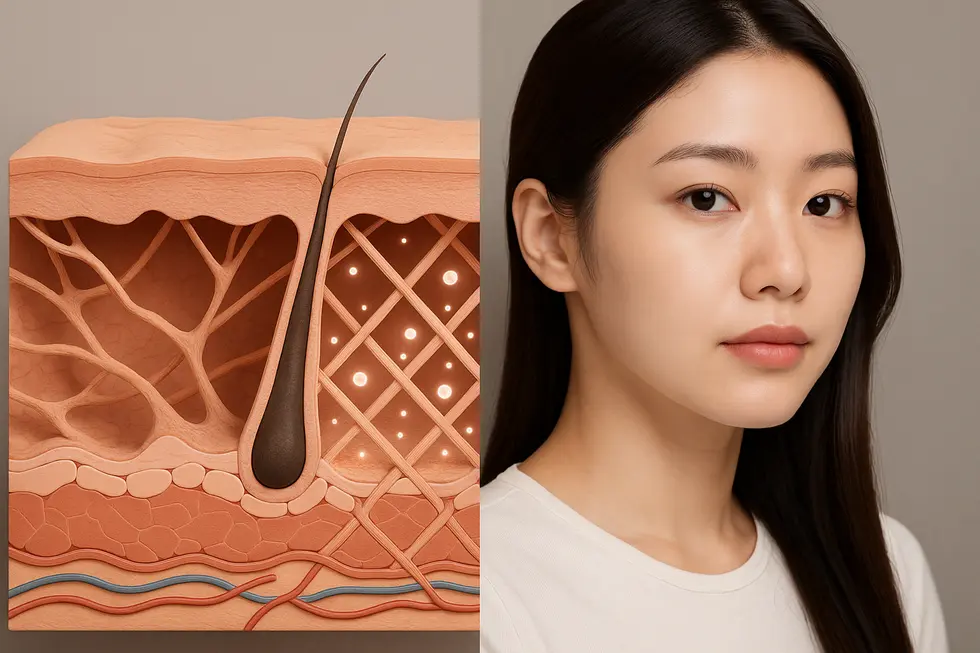
How Do They Compare to Other Treatments? 📊
You might be wondering, “Is this just like PRP or stem cell therapy?” It’s a great question! While they all fall under the umbrella of ‘regenerative medicine,’ they work differently. I’ve put together a simple table to help clarify things.
| Treatment | What It Is | Key Function |
|---|---|---|
| Exosome Therapy | Acellular vesicles from stem cells | Delivers specific instructions for regeneration |
| PRP (Platelet-Rich Plasma) | Concentrated platelets from your own blood | Provides general growth factors to signal healing |
| Stem Cell Therapy | Live cells that can differentiate into other cells | Replaces damaged cells and releases signals (incl. exosomes) |
| PDRN (Polydeoxyribonucleotide) | DNA fragments, often from salmon | Provides building blocks for DNA repair |
Top Applications of Exosome Therapy ✨
So, what can these amazing messengers actually do for us? The applications are expanding rapidly, but here are the most popular and well-researched areas.
📝 Skincare & Anti-Aging
This is where exosomes are truly shining. When applied to the skin (often after microneedling to create channels for absorption), they can:
- Boost Collagen & Elastin: They signal fibroblasts to get back to work, improving skin firmness and elasticity.
- Reduce Inflammation: Excellent for calming redness and sensitivity, especially in conditions like rosacea or after procedures.
- Improve Skin Texture & Tone: They promote cellular repair, which can help reduce the appearance of fine lines, wrinkles, and even acne scars.
- Enhance Hydration: By improving overall skin health, they help strengthen the skin’s barrier function.
📝 Hair Loss Treatment
For those struggling with thinning hair, exosome therapy is a beacon of hope. When injected into the scalp, exosomes can awaken dormant hair follicles and prolong the growth phase (anagen) of the hair cycle. This can lead to thicker, fuller, and healthier hair over time.
The field of exosomes is still evolving. Regulations can vary by country, and not all products are created equal. It is absolutely crucial to seek treatment from a qualified medical professional who uses high-quality, ethically sourced exosomes from a reputable lab. Don’t be tempted by cheap online offers!
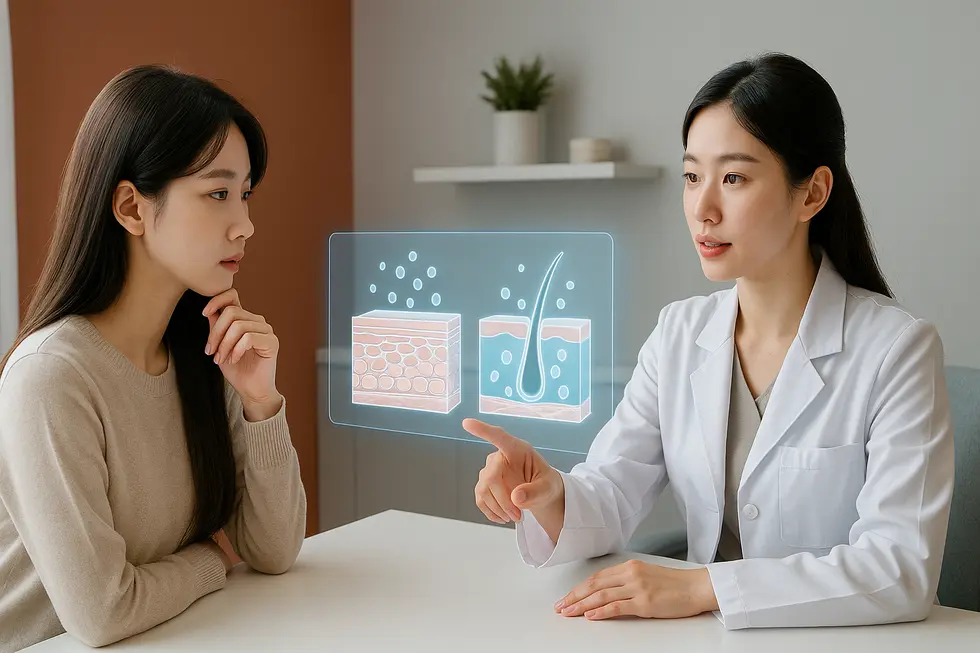
📝 Summary: Your Key Takeaways
We’ve covered a lot of ground! It can be a bit much to take in, so here are the main points to remember about exosome therapy:
- They Are Messengers, Not Cells: Exosomes are acellular packages of information that direct cells to repair and regenerate.
- Powerful Source: They are typically derived from mesenchymal stem cells (MSCs), which are known for their powerful regenerative capabilities.
- Key Benefits: Their primary uses are for skin rejuvenation (improving wrinkles, texture, and tone) and stimulating hair growth.
- Safety is Paramount: Exosomes themselves are safe, but the quality of the product and the expertise of the provider are critical. Always choose a reputable clinic.
Exosome Therapy at a Glance
FAQ ❓
Exosome therapy is an incredibly promising field that’s bridging the gap between cosmetics and true cellular regeneration. I hope this guide has helped demystify the topic for you! If you have more questions or have even tried it yourself, I’d love to hear about your experience in the comments below! 😊

